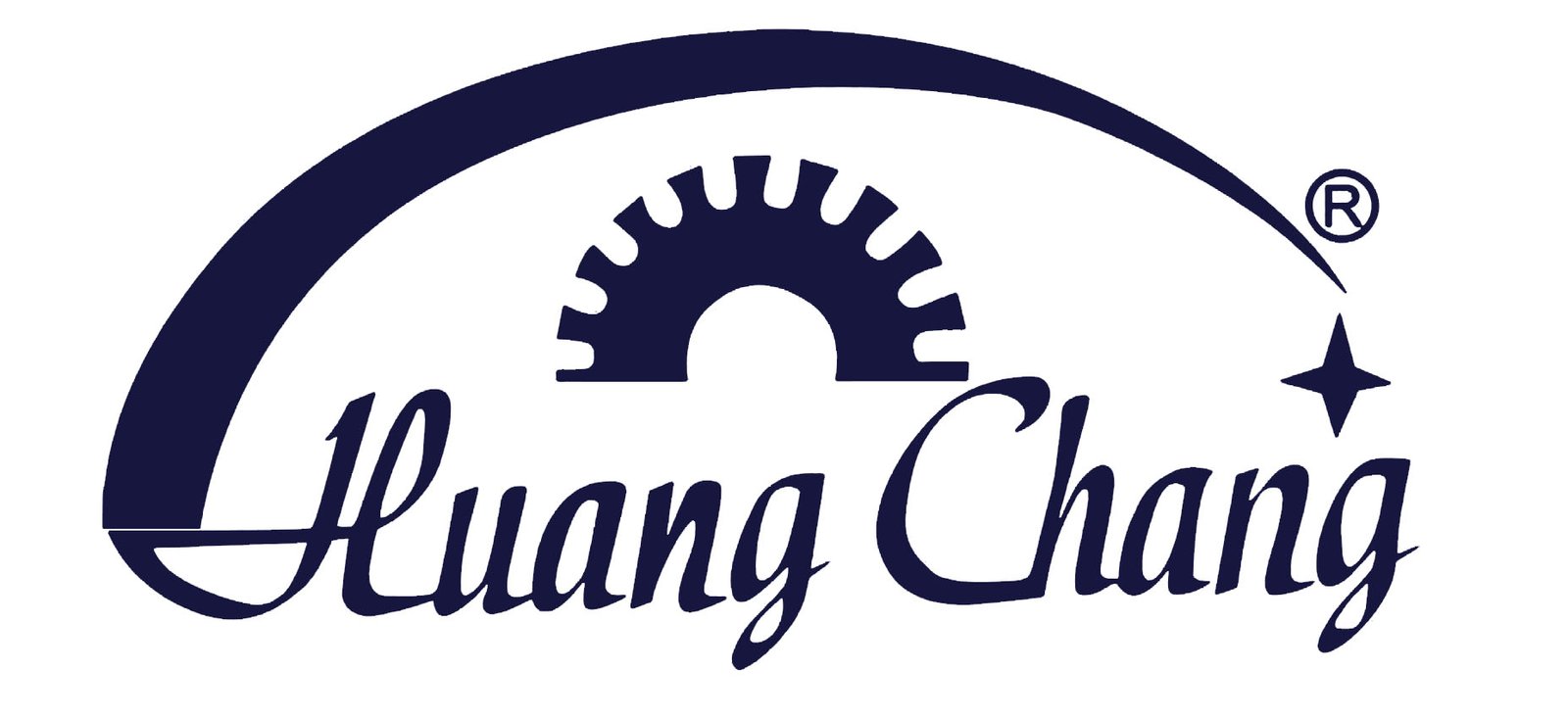Differences Between Diamond and CBN Grinding Wheels

Composition and Hardness:
- Diamond Wheels: Composed of carbon (natural or synthetic), diamond is the hardest known material (10 on the Mohs scale). Ideal for extremely hard, non-metallic materials.
- CBN Wheels: Made of synthetic cubic boron nitride, the second hardest material (9.5 on Mohs scale). Excels in grinding hard ferrous metals.
Material Compatibility:
- Diamond: Best for non-ferrous, brittle materials (e.g., ceramics, glass, carbides, tungsten carbide, stone). Avoided for steel due to carbon reactivity with iron at high temperatures.
- CBN: Optimized for ferrous metals (e.g., tool steels, stainless steel, high-temperature alloys). Chemically inert with iron, preventing wear from reactions.
Thermal Stability:
- Diamond: Degrades at ~700–800°C (oxidizes or graphitizes), limiting use in high-heat applications.
- CBN: Stable up to ~1400°C, suitable for high-speed, high-temperature grinding without losing abrasiveness.
Application and Performance:
- Diamond: Provides superior finish on hard, brittle materials. Common in precision grinding of carbides and ceramics.
- CBN: Offers longer wheel life and efficiency on hardened steels. Preferred for aerospace components and automotive parts requiring tight tolerances.
Cost Considerations:
- Diamond: Higher initial cost but cost-effective for non-ferrous applications due to durability.
- CBN: More expensive than conventional abrasives but economical for ferrous grinding due to reduced wear and downtime.
Bond Types:
- Diamond: Often used with metal or resin bonds for specific applications (e.g., metal bonds for carbide tools).
- CBN: Typically paired with vitrified or electroplated bonds for stability in high-speed operations.
Summary: Choose diamond wheels for non-metallic, ultra-hard materials and CBN for hard, ferrous metals. The decision hinges on workpiece material, thermal conditions, and desired finish, balancing performance and cost efficiency.



